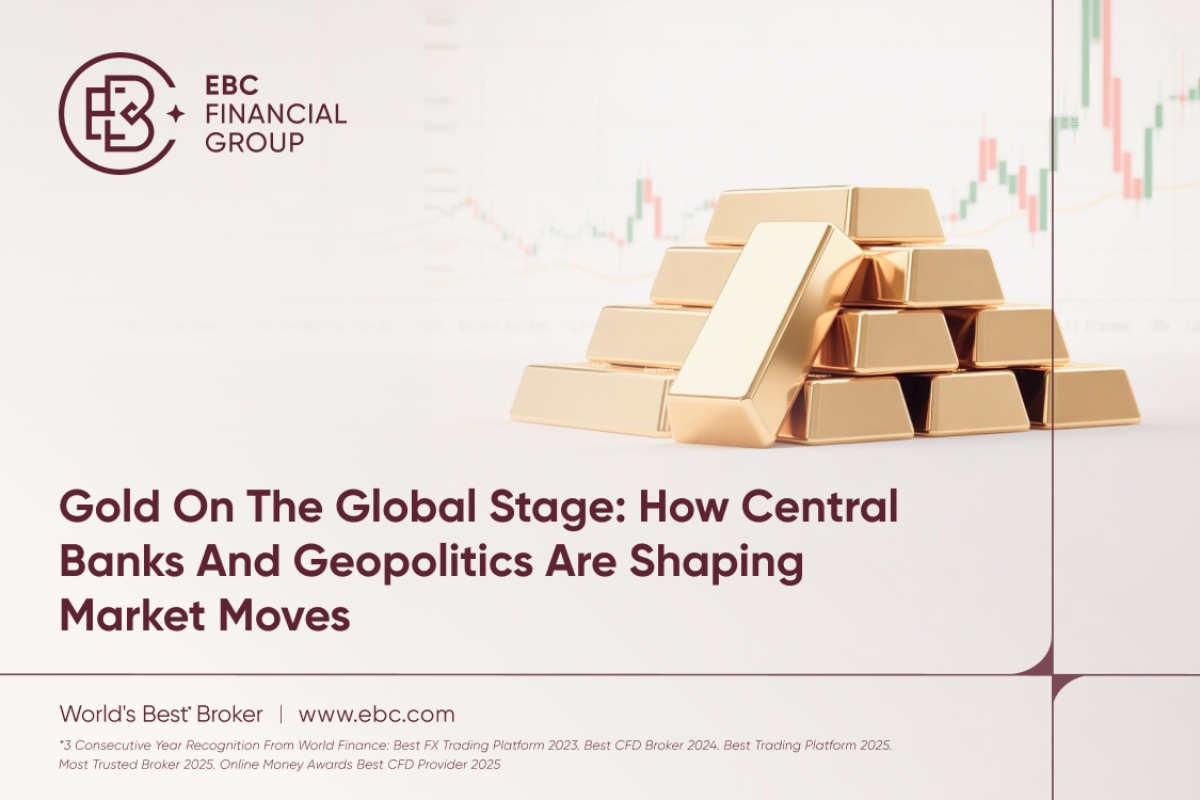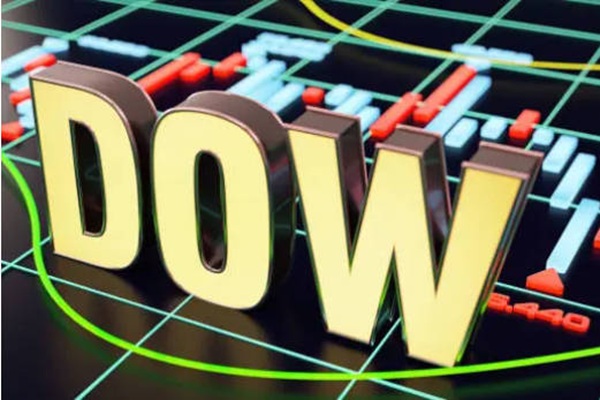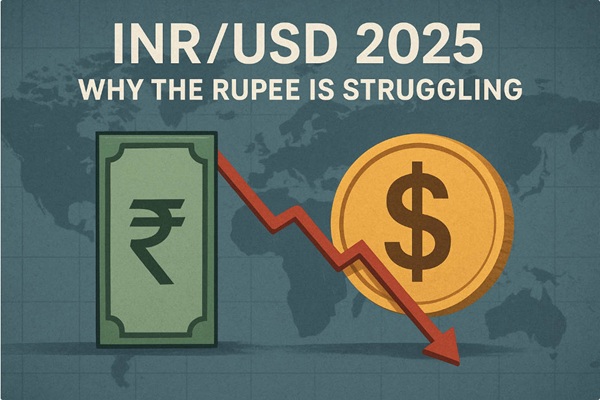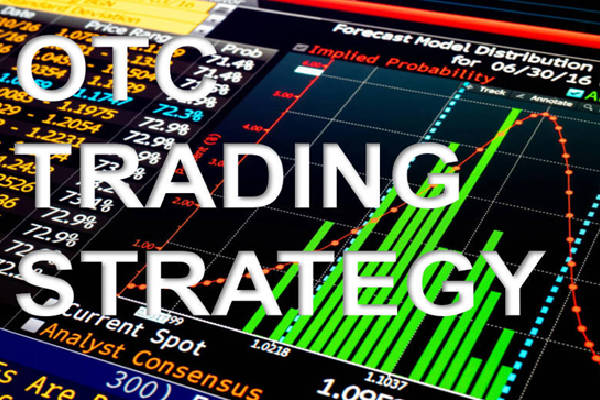WASHINGTON D.C., 26 November 2025 – Gold is entering a pivotal week as
central banks continue to reshape the market: global official-sector purchases
reached 64 tonnes in September alone, while gold has been holding near
US$4,050/oz, reflecting its transition into a new price regime rather than a
short-term spike. Against this backdrop, EBC Financial Group ("EBC") provides
fresh insights into how central-bank behaviour and geopolitical tension are
influencing gold — and why the outlook may be shifting accordingly.

"Gold is riding on the tailwinds, or rather headwinds, of central-bank policy
and global risk. When official reserve flows meet changing interest-rate
expectations and geopolitical shocks, the moves can surprise. Traders should
treat the upcoming window as more than routine," said David Barrett, CEO of EBC
Financial Group (UK) Ltd.
Why this matters for gold and volatility
When central banks accumulate gold, they inject structural support into
bullion markets. That means gold baseline trend is not purely speculative. It
has official‑sector backing. Add to this the geopolitical risk dimension (such
as trade tensions, currency reserve diversification away from the dollar, supply
chain uncertainties) and you get a powerful tailwind. In such an environment,
even a modest catalyst, an unexpected Fed comment, a weaker dollar, or an
escalation in a geopolitical hot spot, can trigger disproportionate price
movement as markets respond quickly to shifting risk signals.
The combination of central bank accumulation (longer‑term bullish),
interest‑rate uncertainty (medium‑term driver) and options expiry (short‑term
trigger) creates a "sweet spot" for elevated volatility. Divergent central bank
signals matter as well: if the Fed holds rates or signals no cuts, the dollar
may strengthen, putting pressure on gold; in contrast, if central banks like
China or others accelerate gold buying, that reduces supply and enhances gold's
appeal.
Macro & central‑bank backdrop
Global central bank behaviour is actively shaping the gold narrative, and
nowhere is this clearer than in Europe, where the European Central Bank (ECB) is
signalling a pause. A recent Reuters poll shows most economists expect the ECB
to hold policy rates through 2026, citing steady inflation and resilient
Eurozone growth.
Meanwhile, the People's Bank of China (PBoC) continues to quietly accumulate
gold, with analysts suggesting true volumes may exceed official holdings.
Central banks globally have been buying aggressively. According to the World
Gold Council, central banks purchased 1,044.6 tonnes in 2024, extending a
multi-year buying streak. Over the last three years, official purchases absorbed
roughly 20% of new gold supply, pushing gold to represent about 20% of total
official reserves, second only to the U.S. dollar.
At the same time, the Federal Reserve remains a focal point. While markets
had previously priced in aggressive rate cuts, stronger-than-expected U.S.
inflation and employment data have dampened expectations, with the probability
of a December cut now around 40‑50%. The combination of strong reserve
accumulation, geopolitical risk, and divergent monetary policy creates a layered
and complex backdrop for gold.
Key levels & market cues
Technical and market cues underline both the fragility and opportunity in
this cycle. Spot gold has recently hovered in the US$4,040‑4,075/oz range,
marking a transition into a higher price regime supported by structural drivers
rather than a short-term spike. Support near US$4,020/oz is being monitored as a
key reference point, while some analysts note ~US$3,800/oz as a deeper
structural floor in case of negative flows.
On the macro front, investor attention is on U.S. inflation, non-farm
employment data, and central-bank commentary, with shifts in any of these
potentially accelerating market moves. ETF flows and futures activity may also
amplify short-term price movements, translating macro and geopolitical signals
into measurable market volatility.
Strategic take‑aways
EBC analysts highlight that central bank gold accumulation remains a
structural bullish signal, and any unexpected acceleration in these purchases
could influence market momentum. Dollar and interest-rate developments are also
key factors: a stronger dollar could weigh on gold, while dovish moves may offer
upside support.
Derivative flows and market positioning act as short-term amplifiers rather
than primary drivers, magnifying reactions to macro and geopolitical factors.
Analysts also observe that support and resistance levels, particularly around
US$4,020, will likely serve as reference points, as changes in central bank
behaviour, geopolitical tensions, or Fed guidance could prompt rapid price
responses. Overall, EBC sees gold's near-term outlook as shaped by official
reserve policy, interest-rate expectations, geopolitical uncertainty, and
derivative mechanics, establishing both structural support and elevated
short-term volatility.
For more analysis from EBC, visit: www.ebc.com.
Disclaimer: This material is for information only and does not constitute a
recommendation or advice from EBC Financial Group and all its entities ("EBC").
Trading Forex and Contracts for Difference (CFDs) on margin carries a high level
of risk and may not be suitable for all investors. Losses can exceed your
deposits. Before trading, you should carefully consider your trading objectives,
level of experience, and risk appetite, and consult an independent financial
advisor if necessary. Statistics or past investment performance are not a
guarantee of future performance. EBC is not liable for any damages arising from
reliance on this information.





















